


Written by Rick
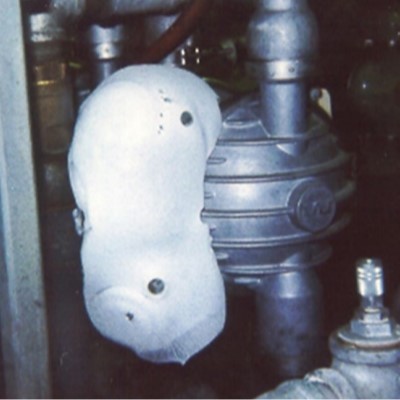
Pneumatic Pumps Freezing
Pneumatic Pump freezing is a result of thermodynamic adiabatic process in which change occurring within a system as a result of transfer of energy to or from the system in the form of work only. Freezing occurs inside the pump when the pressure of compressed air used to power the pump returns to the level of atmospheric pressure.
We all know adiabatic process from our daily life, when we are drinking too hot tea or warming our palms in the winter. When the air is blown through the pursed lips, it is compressed slightly and when it is released from the mouth it expands and cools. The adiabatic cooling process occurs.
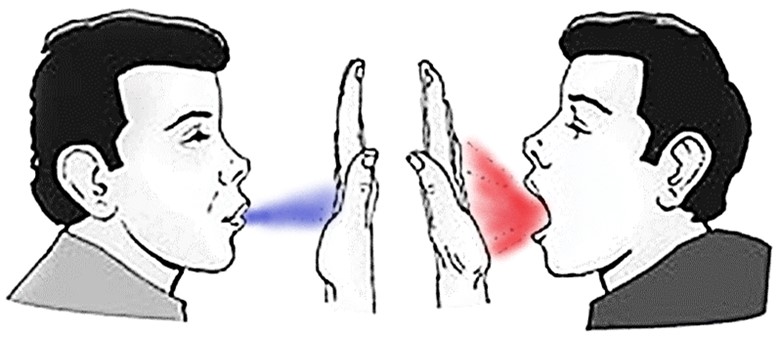
When we are blowing air through wide open mouth, we slightly increase air pressure in the surrounding of the mouth. We are increasing internal energy of the air, which manifest itself by a rise of temperature in accordance with the first law of thermodynamics. The adiabatic heating process occurs. Icing as a result of adiabatic cooling process is a chronic problem in many applications. It occurs in air motors causing stalling of the pump.
This rapid drop in air pressure inside the air motor and muffler causing substantial temperature decrease of the air. Extreme cold (adiabatic expansion can lower temperature of the air to -30 degrees) freezes any moisture in the air used to power the pump. Ice particles are form. Ice is quickly building up blocking air motor components, air channels and muffler. At first pump will slow down, then stop completely.
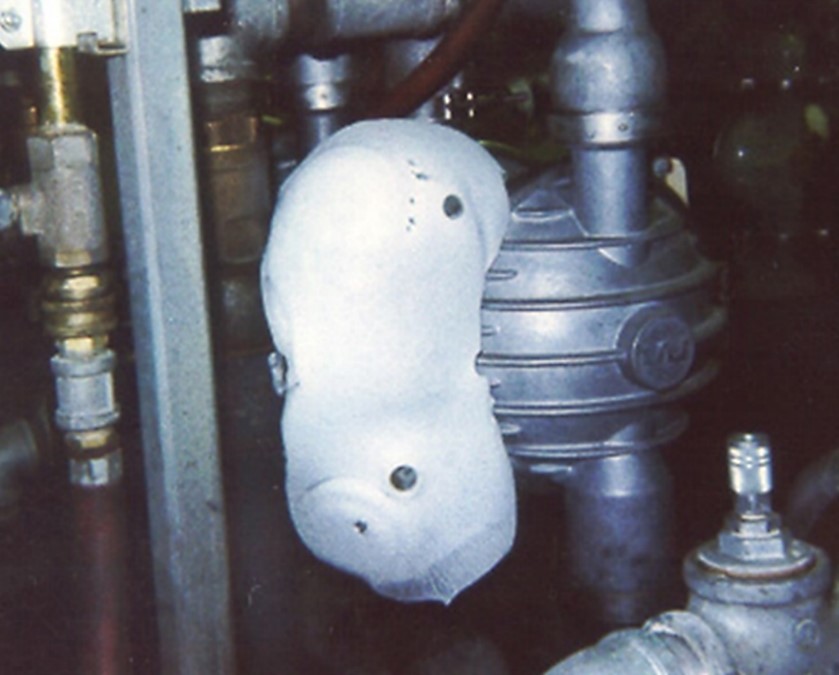
How can we prevent air motor icing?
First, we must realize that icing problem is variable. There are many factors that influence freezing:
Pump design
Particularly, air motor design – air valve geometry and motor material used, then air channels geometry. Air exhaust port design and muffler design. Cycle rate of air motor.Compressed air
Its temperature, humidity, pressure, volume flow rate and quality.Environmental conditions at the pump site
Ambient air temperature, humidity, height above sea level.
Many above factors are unpredictable and seasonal. Pump tendency to freezing varies depending on the change of even one factor. Especially fluctuations of air humidity strongly affect pump tendency to icing.
The best solution to prevent icing is usage of diaphragm pumps, which design eliminate ice crystal formation. Such pumps are YTS pumps. YTS Air Valve is protected from cold, wet expanded exhausted air. Air channels design (diameter, location, shape) prevents ice formation. Exhaust port and internal construction of the muffler directs exhaust air in a way that prevents ice formation.
If for some reason YTS pump can’t be used, I recommend to try following:
– Change pump operating parameters
– Decrease air pressure that power the pump, when the change of pump flow rate is acceptable
– Attach a tube to the air exhaust port
– Exhaust the air to a remote location
– Improve air quality
– Install an air-line heater
– Install an air-drying system
– Change to a larger pump size should be considered, when is high pressure demand, high cycle rate, or pump is running continuously
What consequences can result from neglecting the problem or incorrect solution?
5th of January 2011 news headlines:
BBC – Southern areas of the Netherlands are on the top state of alert…
CNN – burned to the ground…
The Telegraph – flames up to 40m…
Radio Netherlands Worldwide – huge cloud of toxic black smoke…
The Dutch government set up a co-ordination centre for emergency services…
Residents are asked to stay indoors…
On 5th of January 2011 a devastating fire started on the Chemie-Pack site, located on a large industrial park in Moerdijk, 35 kilometers south of Rotterdam. The company itself – a packer, filler and labeller of hazardous chemicals, including pesticides – was completely destroyed. Two neighbouring companies were also destroyed and several others incurred severe damage. The fire could be seen from 40 kilometers around. Motorways and railroads were blocked off and it took the firefighters more than 30 hours to control the fire.
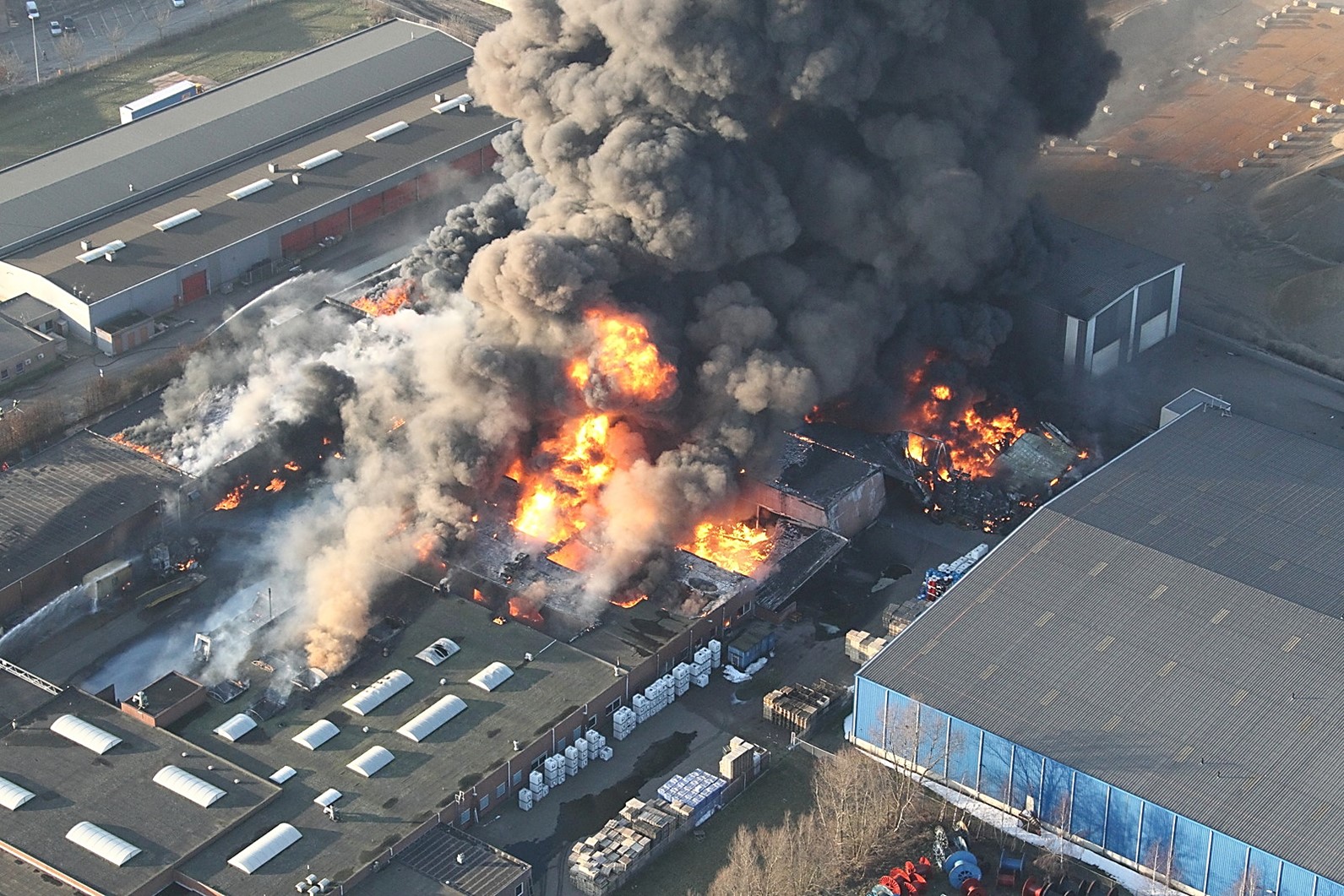
As a result of the fire, chemical packaging company Chemie-Pack, a family business for more than 60 years was completely destroyed. The total damage of the fire at Chemie-Pack was estimated at approximately 70 million Euros. Company director, the production manager and production coordinator have been arrested. The company was declared bankrupt, and almost 50 people lost their jobs.
And what caused this disaster?
Air Operated Diaphragm Pump freezing. Ice formation.
The fire started outside on the yard, where Air Operated Diaphragm Pump was used to pump resin from IBC container. There were no problems while pumping at first, then the pump exhaust silencer began to freeze up after a short period of time, whereby the resin no longer flowed out of the pump. After consulting with a supervisor, an employee thawed the exhaust silencer with a gas burner. This method was often used because the equipment would freeze often. The use of a gas burner was against the company’s own rules and against the permit regulations. This was a big risk due to the direct proximity to flammable xylene – which was used to clean the pump – in the collection tray under the pump.

Once the resin stopped flowing again, the employee consulted with colleagues and the supervisor, after which it was decided to heat the middle of the pump with the gas burner. This resulted in flammable xylene catching fire in the collection tray under the pump. The employee immediately picked up the fire extinguisher that was hanging next to the tank, but forgot to switch off the pump and the tank equipment with the emergency stop switch.

Due to fire, the connector broke off between the pump that was still active and the discharge pipe. This caused resin to leak, which was ignited by the burning xylene. The resin continued to flow because pump and the tank equipment had not been switched off. Furthermore, another employee sprayed a forceful stream of water into the fire, with the opposite effect. Burning resin and xylene were sprayed away, which caused the fire to spread.


Article was written based on:
The Dutch Safety Board report – “Fire at Chemie-Pack Moerdijk”, and
https://www.youtube.com/watch?v=jB7gQLX8c7g&t=333s
We’ve got something exciting to tell you!
HELLO SWEDISH! We’re excited to announce that we’ve just launched Swedish language support on our website! This new addition to our language family has been
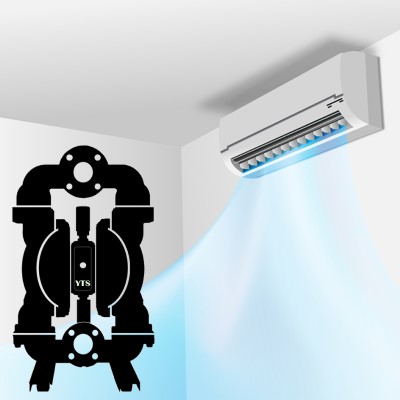
Indoor Air Quality
Indoor Air Quality (IAQ) – air quality within and around buildings and structures plays is of utmost importance not only for employees well-being and ability
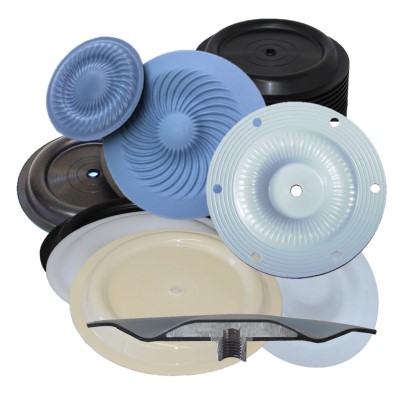
10 Factors to Consider When Selecting Diaphragm
Diaphragms are one of the most important elements of Air Operated Double Diaphragm Pump. They separate the wetted side (fluid side) of the pump from
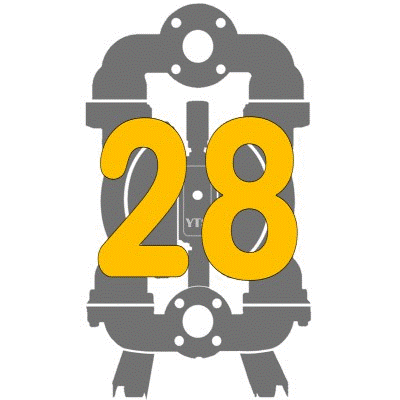
28 Reasons Why Use Air Diaphragm Pump
Air Diaphragm Pumps are so much versatile in design, materials, performances and functions, that they can handle most types of fluids. They are used for
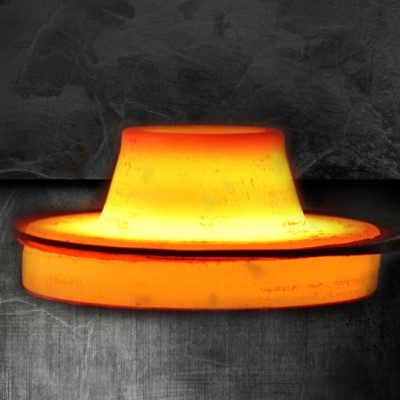
Hastelloy Air Diaphragm Pumps
The primary function of Hastelloy C-22 (also known as a “superalloy” or “high-performance alloy”) is a long-lasting survival in severely corrosive, or erosion prone environments,
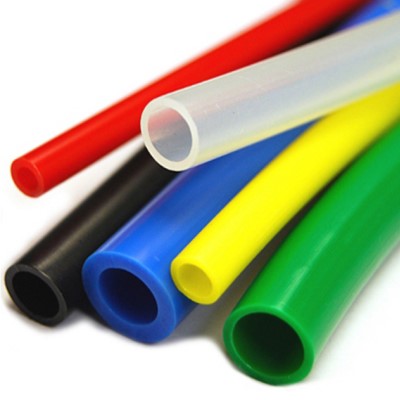
Too Small Size of Air Supply Line to the Air Diaphragm Pump
It is not uncommon to use too small air supply line when installing an Air Operated Diaphragm pump. Overlooking restrictions installed along the line, which
